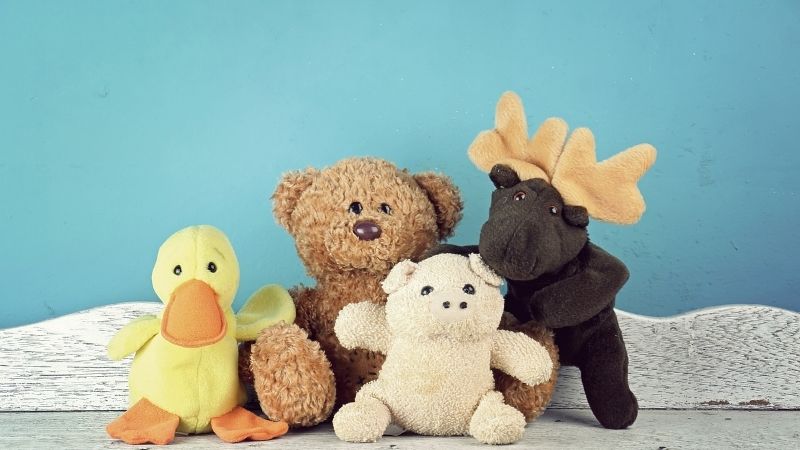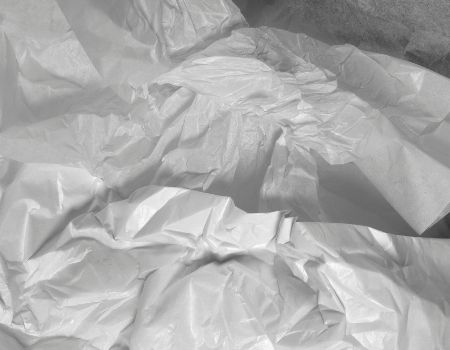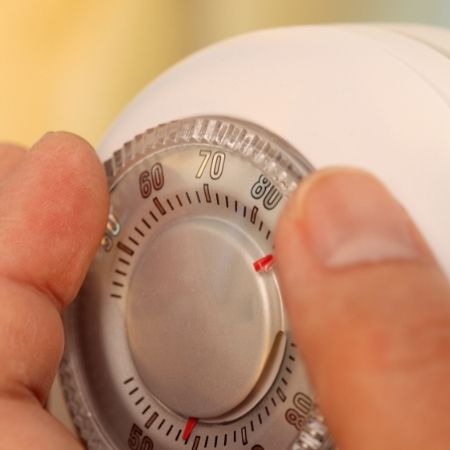How to Properly Store Stuffed Animals For Long-Term Storage

Whether the Winnie the Pooh plush is no longer their favorite toy (in the whole wide world), or stuffed animals and Squishmallows have officially taken over the living room—we understand if you need to know how to store stuffed animals long-term.
Even if your kiddo has officially moved on from the plush toy phase, it can be hard to throw away all their favorite stuffed animals. Stuffed toys can hold sentimental and sometimes monetary value. Keeping them in self-storage is a great way to preserve the toys in case you’d like to hand them down one day.
We’ve put together a guide to help you properly store stuffed animals long-term. Keep reading for step-by-step instructions to correctly store plush toys, along with a few key tips to keep them in great shape.
Here's how to store stuffed animals for the long-term:
1. Clean your Stuffed Animals
Cleaning stuffed animals is a crucial step in preparing them for long-term storage. Whether the stuffed animal takes trips outside to play in the mud, or it’s constantly held by Cheeto fingers, it is important to get those stains out before putting it in storage. Remove any lasting odors in plush toys to deter pests and rodents.
If your stuffed animals are machine-washable (check the tag), put them in a mesh laundry bag and wash them on “delicate” using a mild detergent and cold water. If you can’t wash them in the washing machine, fill a bowl or sink with cool water and add a small amount of mild detergent. Gently wash the plush toys and rinse well.
It’s very important to make sure the stuffed animals dry completely before putting them in storage. Any moisture trapped in the toys can result in the growth of mold or mildew. Hang them outside to dry.
Pro tip: Sometimes it’s easier to wash your stuffed animals if you take the stuffing out first. There is usually a short seam on the back of the plush toy you can easily snip with scissors and remove the stuffing. Once the toy is completely dry, you can either replace the stuffing or put in new stuffing.
2. Fix Any Damage
Stuffed animals go through a lot—from rips and tears to lost limbs and ears. But most of the time, you can repair the damage with a little love (and a few tricks up your sleeve). Even though your kiddo might not need the stuffed animal right away, you should still fix any issues before storing the plush toy long-term.
If you removed the stuffing while the plush toy was getting a spa treatment, put in the existing stuffing or add new stuffing. Then repair the seam with a needle and thread.
You should also take the time to sew on any lost limbs and repair any other tears or rips.
3. Pack your Stuffed Animals Properly

Now once the stuffed animals are clean, happy and healthy, it’s time to pack them for storage. It’s a good idea to wrap your plush toys in acid-free tissue paper, especially if you’re storing antique, valuable or collectible stuffed animals long-term.
Next, you want to put the toys in plastic tubs with lids. Try not to overpack the tubs to avoid damaging the fur or shape. You can also put your stuffed toys in boxes made of acid-free cardboard.
If you want to conserve space in your storage unit, you may be tempted to use a vacuum seal bag. This is not a good idea, because if the stuffed animals are flattened for a long time, they can permanently lose their shape.
4. Store in a Climate-Controlled Area

Even if you’ve followed all the above steps to the letter, a climate controlled storage space is the best option to keep your stuffed animals safe and secure for a long time. It's one of the 6 golden rules for packing for long term storage. Climate controlled self-storage units have regulated temperatures to help mitigate damage from humidity and protect your plush toys!
Stuffed Animal Storage FAQs:
Is it okay to store stuffed animals in plastic keepers for long-term storage?
The best place to store stuffed toys is in plastic tubs. Not only do they protect the toys from pests, but they also keep out moisture. Putting stuffed animals in vacuum seal bags can alter the shape of the toy, and plastic bags do not offer enough protection.
Can you use a vacuum cleaner on stuffed animals?
Yes, you can! Keep your kids’ toys in great shape by vacuuming them often. You can also vacuum the toys before washing them for storage.
Can you store stuffed animals in the attic?
You can store stuffed toys in an attic, but it’s not ideal. Attics often lack a constant temperature and can be subject to moisture, insects and other pests. To keep your stuffed animals in great shape they should be in a temperature-controlled environment.
We hope this guide has helped you figure out how to properly store stuffed animals. No matter how long you plan on keeping your plush toys in storage, our climate-controlled storage units are the best option!
We offer secure, premium storage at affordable rates. Just check out our storage guides for even more ways to benefit from self-storage!
Are you ready to store your stuffed animals? Just use our storage location finder.






